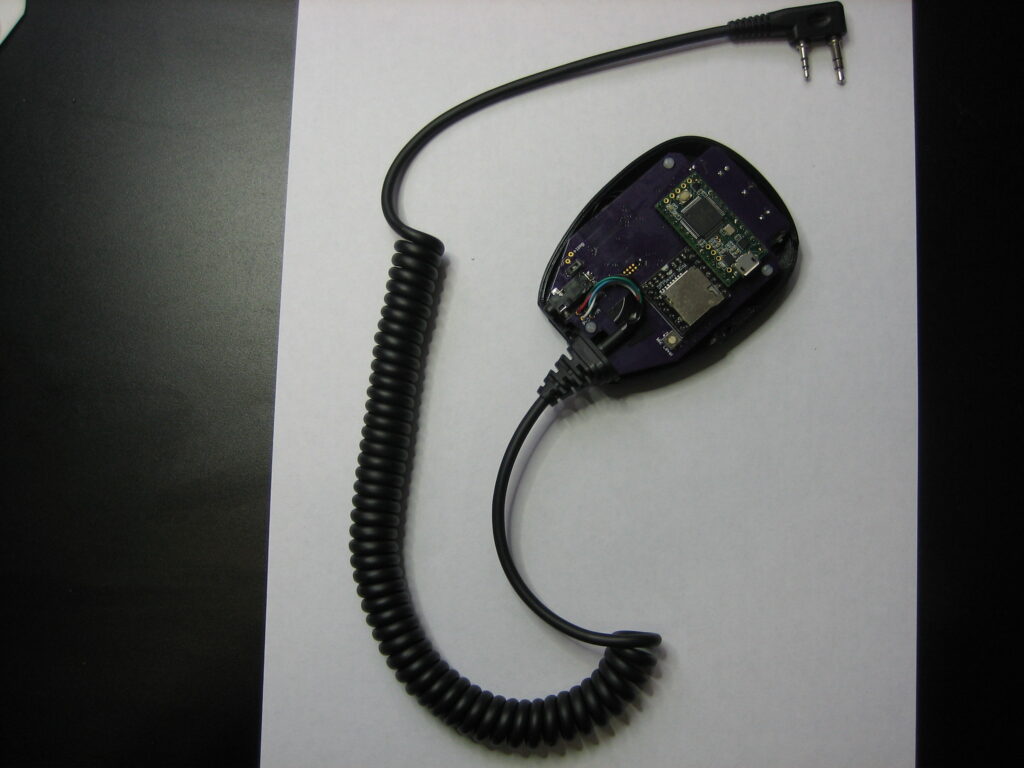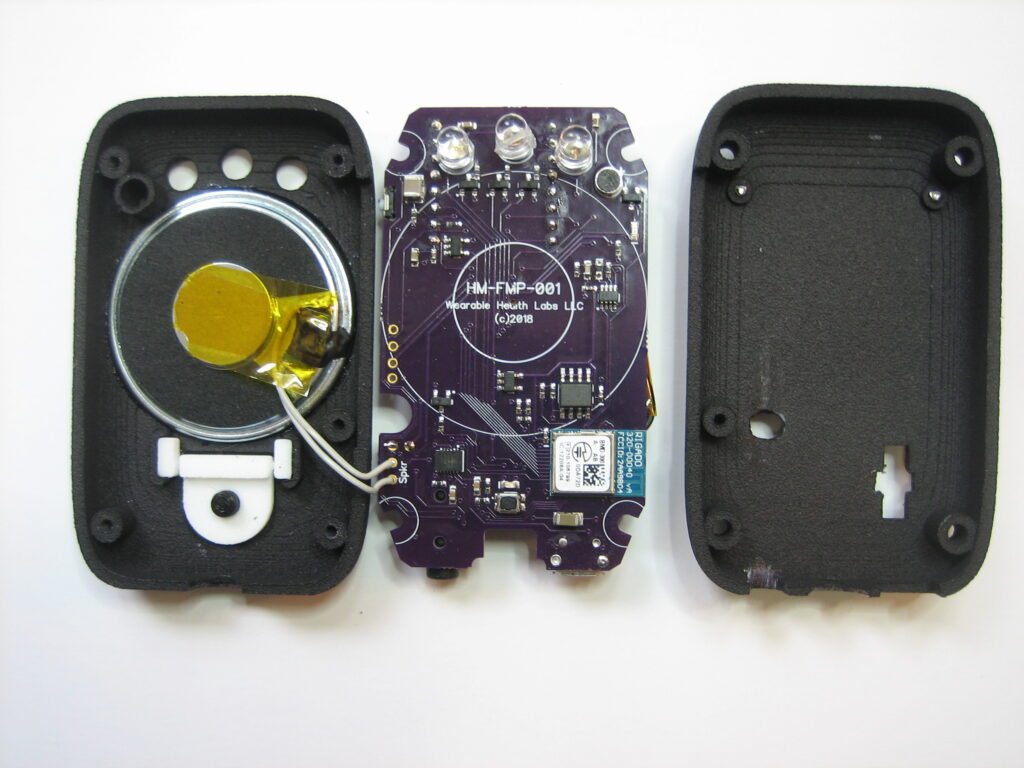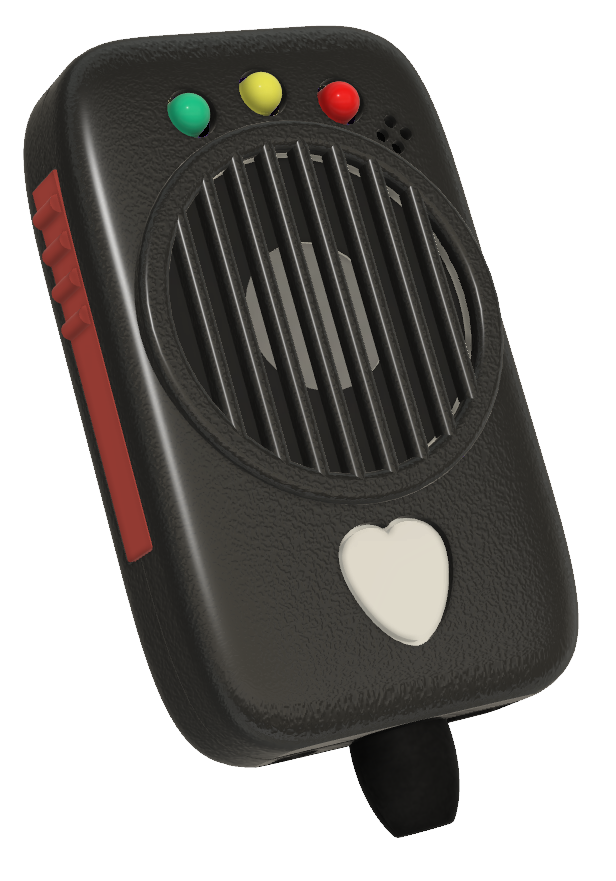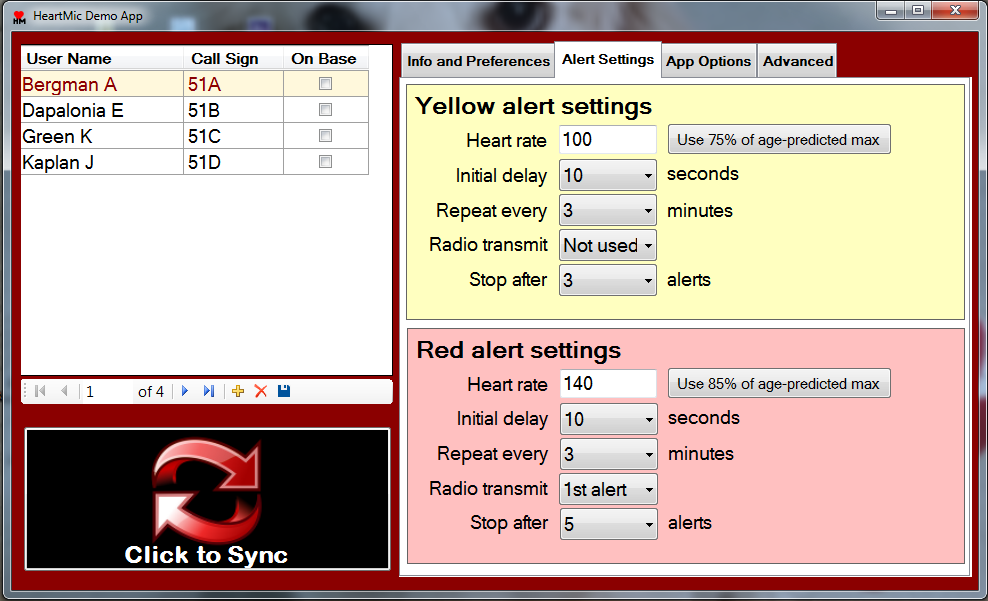Cardiac Stress Monitoring and Notification for First Responders
2017-2020
After retiring from full-time work at CCHIT, I accepted a volunteer role closer to home, as an Advisory Board member for the Berglund Center at Pacific University. Following several years serving as a judge on their annual Inspired Ideas competition, I was asked in 2017 if I could take on a bigger role: mentoring their winning team of students to guide them from their raw concept to a working prototype.
The team of psychology graduate students had been studying and treating stress in firefighters. They, and I, were surprised to learn that heart attacks — not fire, smoke, structure collapse or falls — were the leading cause of on-the-job deaths in firefighters. The students wanted to equip firefighters with heart monitors that would measure and relay their stress levels to the incident chief, but lacked any engineering training or resources. I liked this challenge immediately and accepted a role as their engineering consultant.
Wearable physiologic monitors were an already well-established technology, appearing in smartwatches and fitness bands. But there was a showstopper: their low power 2.4 GHz Bluetooth transceivers could not achieve the communication range and reliability needed at an incident site, and we could not rely on a consumer smartphone as a relay in this demanding application. Then the proverbial light bulb of invention clicked on: every firefighter already had a robust wireless communication device: a UHF portable radio, controlled by a shoulder-worn speaker/microphone. We conceived of a “smarter” speaker/microphone unit that included a microprocessor and Bluetooth transceiver to receive the physiologic data. Heart-rate based alerts could then trigger a synthesized voice message. The alert could be played locally over the speaker to notify the firefighter him/herself, and then — if more urgent — it could activate the push-to-talk circuit and be transmitted over the portable radio’s network to the incident commander.
I started with a breadboard consisting of an Arduino-compatible microcontroller, an MP3 player, a Bluetooth module, and relays to trigger the PTT and switch the audio. The students’ jaws collectively dropped when they saw their idea actually working, despite the ugly breadboard implementation. The next step was to shrink the size by designing a custom PCB and a 3D-printed case, creating a first prototype that could at least fit in your hand. For the next iteration — now called HeartMic — I plunged into C programming to get all the necessary code running on the microprocessor included in the Bluetooth chip. With the separate microcontroller eliminated, the device was slimmed down to fit in the palm of one’s hand. The finishing touch was laptop software, communicating via Bluetooth, to configure HeartMic with specific alert levels for each firefighter. We demonstrated the system at a fire station in Washington state, and applied for a patent which was granted in 2021. The students truly had a “full stack” product development experience!




